Rise of the Tomb Raider
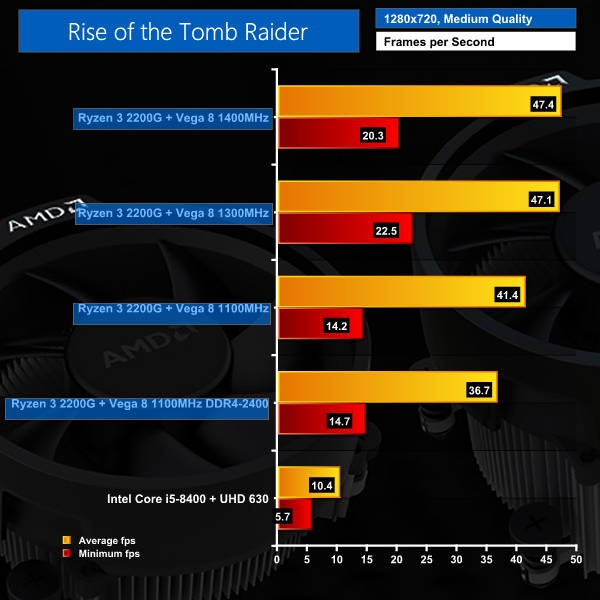

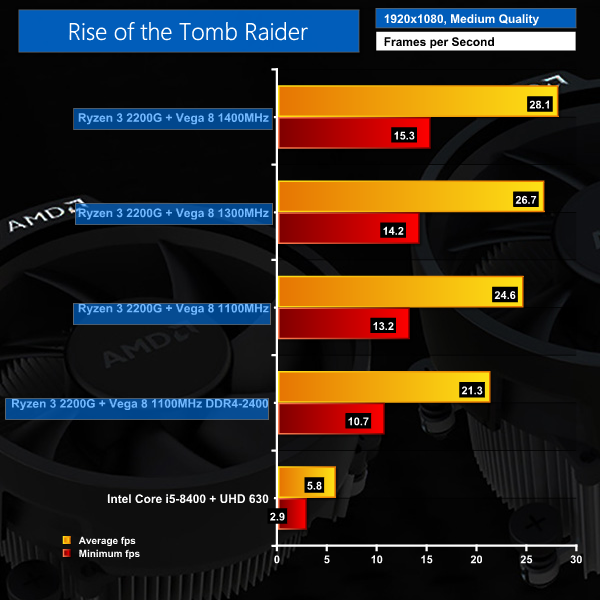
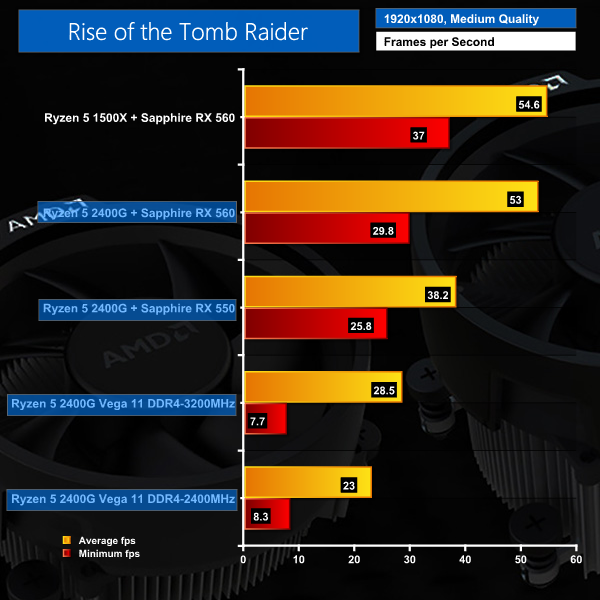
Ashes of the Singularity: Escalation
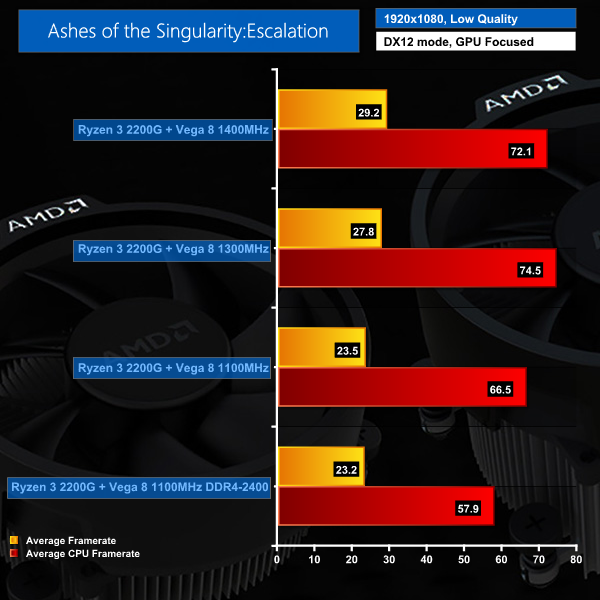
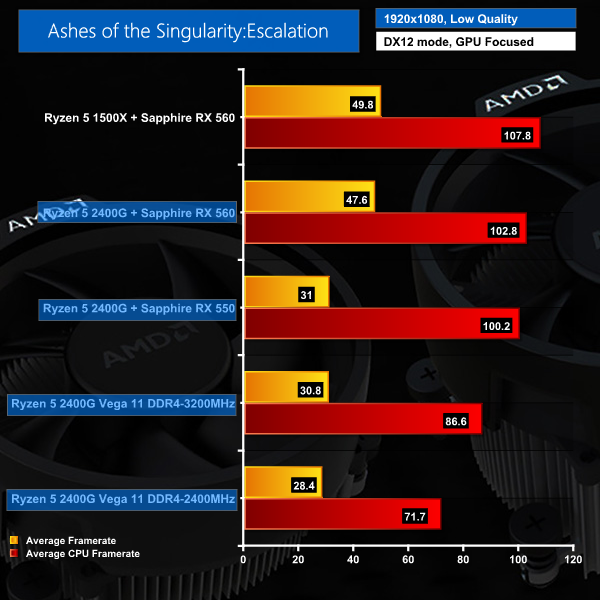
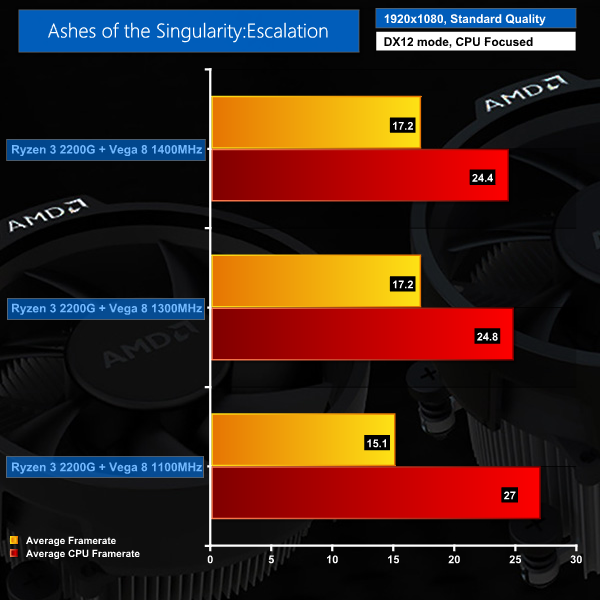
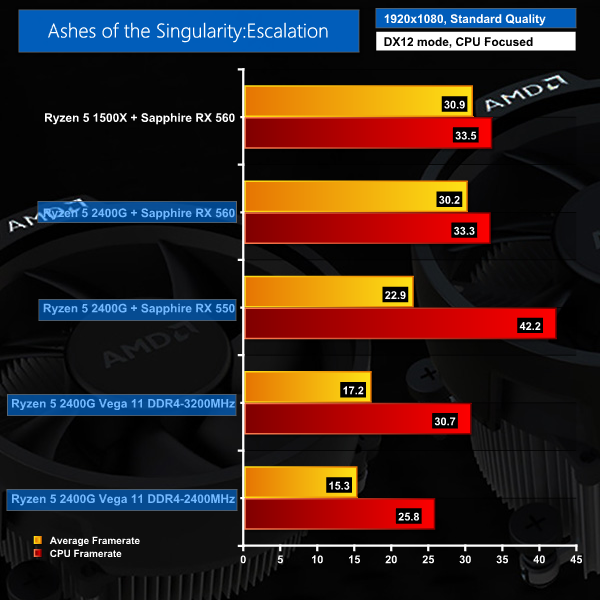
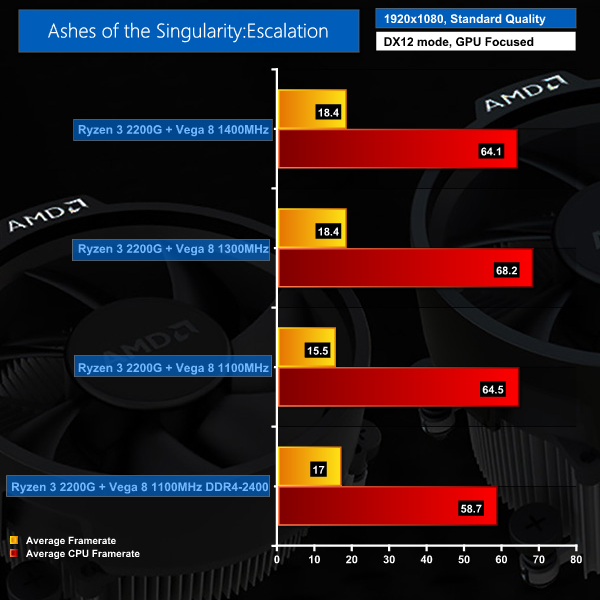
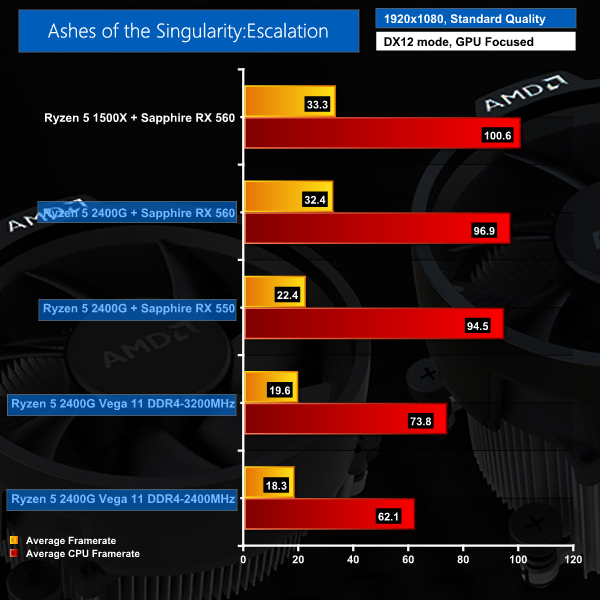
Tags AM4 AMD apu radeon Raven Ridge Ryzen vega
Following an explosive and highly popular first series, HBO’s The Last of Us Season 2 is almost upon us. Set to premiere on the 13th of April, the sequel season based on Naughty Dog’s controversial Part II is likely to spark up even more discourse than the first. Unlike 2020’s masterpiece however, HBO’s adaptation has made one key decision which – if handled well – could not only serve to build upon the theming of the game itself, but also function as a different way to tell the same message. That being the casting of Kaitlyn Dever as Abby.
Thank you for visiting KitGuru. Our news and reviews teams work hard to bring you the latest stories and finest, in-depth analysis.
We want to be as informative as possible – and to help our readers make the best buying decisions. The mechanism we use to run our business and pay some of the best journalists in the world, is advertising.
If you want to support KitGuru, then please add www.kitguru.net to your ad blocking whitelist or disable your adblocking software. It really makes a difference and allows us to continue creating the kind of content you really want to read.
It is important you know that we don’t run pop ups, pop unders, audio ads, code tracking ads or anything else that would interfere with the KitGuru experience. Adblockers can actually block some of our free content, such as galleries!